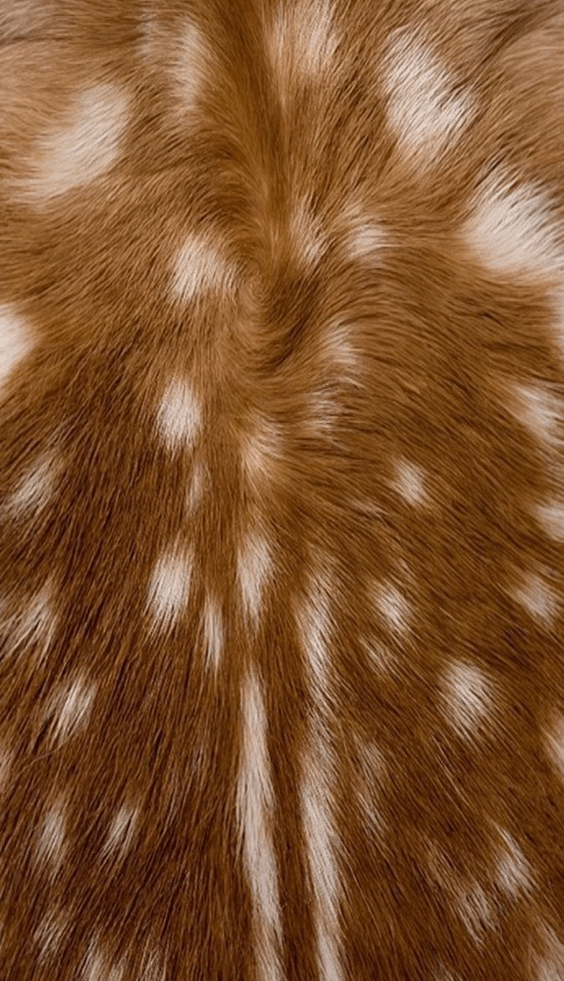How is Risograph Making a Comeback?
The History of the Risograph
Known for its simplicity, speed, and low maintenance, the risograph was the cheapest and quickest way to print large quantities in the 20th century. Developed as an inexpensive alternative to emulsion ink, inventor Noboru Hayama introduced a soy-based ink called ‘riso’, meaning ‘ideal’ in Japanese. Originally produced for schools and churches to use, its decades-long survival is testament to its universal appeal, and its status as a cult favourite of artists and designers. Since then, risographic prints have been co-opted by underground sub-cultures worldwide as the most effective way to communicate and spread the word, most recently making its way into mainstream periphery.
Risograph Today . . .
Riding the wave of print’s resurgence, the risograph’s emerging popularity parallels the increasing global awareness around social activism. Riso’s vibrant colours, incredible speed, and easy versatility is in many ways reflective of the contemporary world and social landscape. An avant-garde means to radical art forms, Riso was ahead of its time, and has since been used in revolutionary and underground movements around the globe.
The social significance lends the medium an inherent link to trust and simplicity. Risographs are rough, down-to-earth, and we believe in what they have to say. As unique in meaning as it is in style, its rustic printing style, textures, gradients and luminescent colours give it considerable ground to stand on.
In a hyperdigital world of consumption, the riso medium grounds us in the present, bringing joy back into craft-making. The process of creating a beautifully designed and printed zine truly brings a deeper appreciation of the art to its creators and users. This is a craft that is both universal and timeless, enjoyed by any and all.
Here are 6 independent zines and publishing companies whom we love . . .
Inkchacha (Hong Kong)
Ink’Chacha is a Hong Kong based printer & publisher providing alternative printing methods. Their risograph services have over 18 colors including fluorescent pink and metallic gold, for products ranging from business cards to ‘riso candy’.
DotDotDot (Hong Kong)
dotdotdot is a design and risograph printing studio based in Hong Kong. Specialising in publication, illustration and animation, their risograph services are ideal for prints with special colours in a small quantity.
Ditto Ditto (Hong Kong)
ditto ditto are a Hong Kong based boutique stationery and design studio delivering playful takes on everyday items. If you love bespoke and personalised products, ditto ditto’s focus on making the ordinary extraordinary will certainly deliver.
flip & roll press (Hong Kong)
An independent printing press newly established in Hong Kong, flip & roll specialise in indigo and risograph printing and publishing, and have quickly become a new favourite of illustrators, comic artists, and graphic designers.
Odotoo (Taiwan)
Formed by two graphic designers, Odotoo (O.OO) are a design studio based in Taipei. Also offering risograph printing and design services, their studio’s love of creative improvisation and eclectic imperfections differentiate them from the landscape.
Stones Printing (Beijing)
With nearly a decade’s worth of experience, Stones Design Lab established Beijing’s first Riso-printing studio, taking pride in delivering high-profile printing and design services.
We hope you’ve enjoyed reading this article as much as we’ve enjoyed writing it. Subscribe below to receive exclusive insights into the world of creative branding, or schedule a free consultation to see how we can help your brand.












